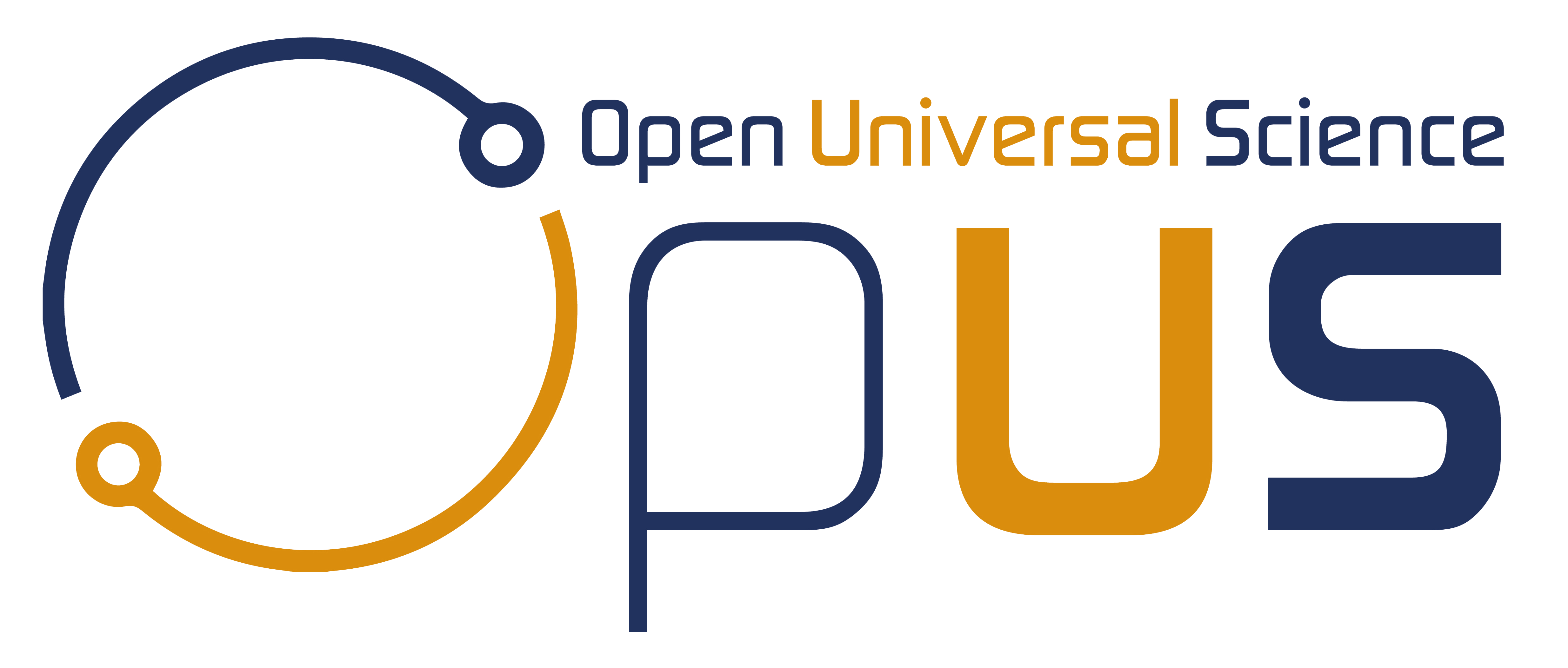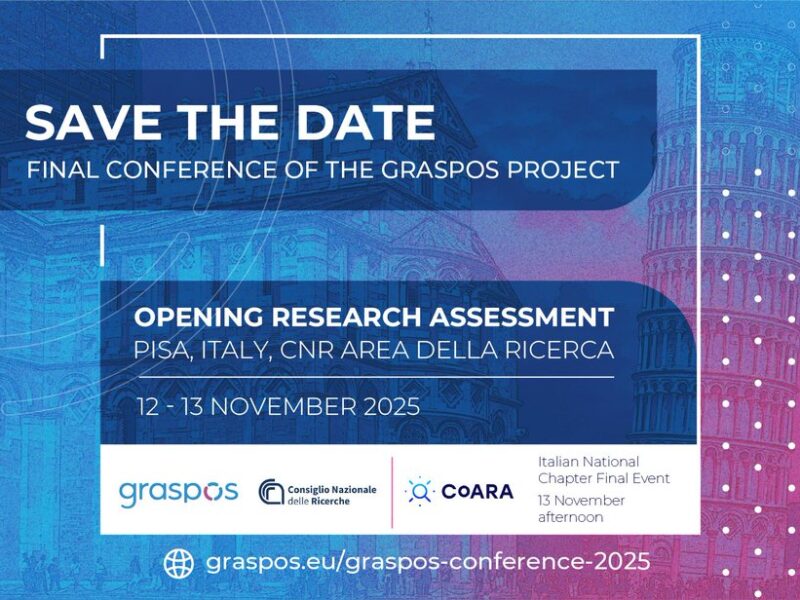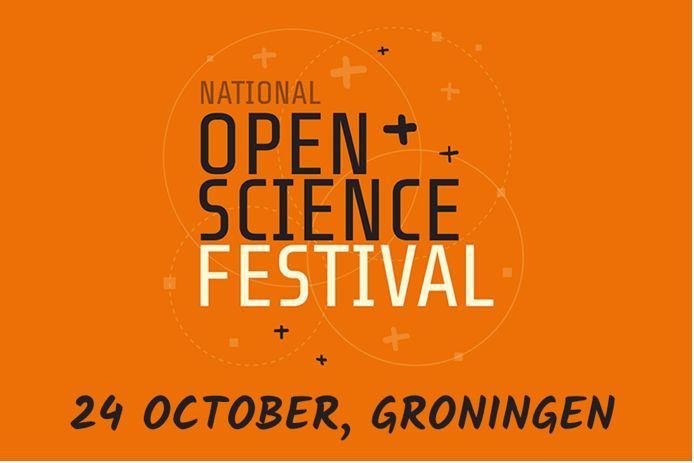
Navigating Open Science in a Broken Academic Publishing System
Navigating Open Science in a Broken Academic Publishing System https://opusproject.eu/wp-content/uploads/2024/07/9xk8RzEnf8R3RkfT97HCcL-1024x602.webp 1024 602 Open and Universal Science (OPUS) Project Open and Universal Science (OPUS) Project https://opusproject.eu/wp-content/uploads/2024/07/9xk8RzEnf8R3RkfT97HCcL-1024x602.webpOriginal Article By Dr. Heidi Seibold
The academic publishing system is undeniably flawed, a sentiment shared by many in the scholarly community. However, aspiring academics striving for a successful career while adhering to the principles of openness can still navigate this landscape effectively. Here’s a pragmatic approach to achieving this balance.
Understanding the Challenge
It’s natural to fear that not publishing in established journals could hinder your career progression. The pressure to publish in recognized journals is immense, as these are often deemed valuable by peers and employers. Nevertheless, embracing Open Science doesn’t have to be daunting. Start with manageable steps and gradually incorporate more open practices into your workflow.
Options for Open Access Publishing
Publish a Preprint
One of the simplest ways to begin your Open Science journey is by publishing a preprint. Most journals permit preprint submissions. Uploading your paper to a preprint server such as arXiv or OSF preprints before or alongside journal submission ensures early dissemination of your work. Resources like ASAPbio’s searchable list of preprint servers can help you find the right platform for your field.
To verify if your target journal allows preprints, use tools like Sherpa Romeo. For example, if you aim to publish in Trends in Cognitive Sciences, Sherpa Romeo confirms that preprints are permitted. Here’s the workflow:
- Identify your target journal.
- Check preprint policies on Sherpa Romeo.
- Prepare your paper for submission.
- Upload to a preprint server and submit to the journal.
Publish in an Established Open Access Journal
Many reputable open access journals exist across various fields. Publishing in these journals ensures that your work is freely accessible. The Directory of Open Access Journals (DOAJ) is a useful resource to find such journals by field.
Be mindful of article processing charges (APCs), which can be steep, sometimes exceeding 4000 Euros. However, many institutions and funders offer support for APCs. Consult your library—they often have information on available funding.
For instance, journals like the Journal of Statistical Software are free for both authors and readers, providing an excellent publishing option without financial burden.
Utilize Institutional Open Access Agreements
Increasingly, institutions and regions are forming agreements with publishers, allowing researchers to publish and access works without additional cost. While some Open Access advocates critique these agreements, they can be beneficial for individual researchers. Examples include the German DEAL and agreements at TU Munich.
Consult your library to discover such agreements and understand how they can support your open access publishing efforts.
What to Avoid: Hybrid Journals
Hybrid journals charge fees to make individual articles open access while the rest of the journal remains closed. Paying these fees is generally discouraged as it funnels more money into an already expensive system. Instead, if you choose to publish in a hybrid journal, opt to publish a preprint without paying the open access fee.
Recognizing Predatory Journals
A common misconception is that open access journals are often predatory, prioritizing profit over scientific integrity. However, most open access journals maintain high standards. Utilize tools like the Think. Check. Submit. checklist to identify reputable journals and dispel the myth that all open access journals are predatory.
Embracing Openness in Your Academic Journey
Balancing a commitment to Open Science with the demands of an academic career is achievable through strategic choices. By starting with preprints, considering established open access journals, and leveraging institutional agreements, researchers can maintain openness without compromising their career aspirations. Remember, the belief that all open access journals are predatory is a myth—responsible selection and due diligence are key to successful and ethical publishing.
For a deeper dive into alternatives like Peer Community In (PCI), which uses preprints to bypass traditional publishing systems, explore my previous posts on the topic.
Embrace openness and take these pragmatic steps to advance your career while staying true to your values.
Dr. Heidi Seibold is an advocate for Open Science, sharing insights and strategies for researchers navigating the evolving landscape of academic publishing.
- Posted In:
- Open Science News




